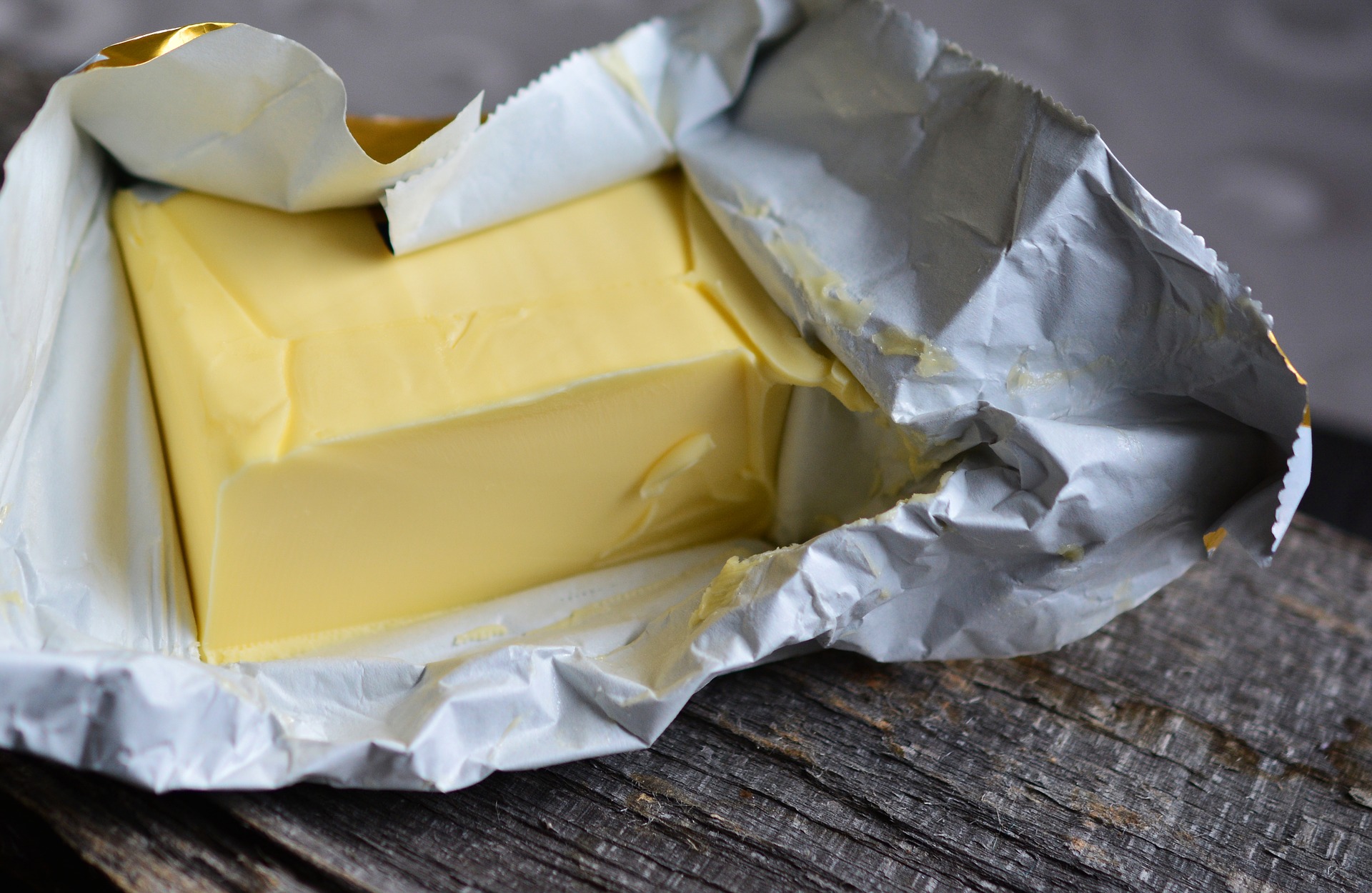VITAMIN D
Vitamin D is chemically known as Calciferol. Vitamin D is also known as an antirachitic vitamin as it is capable of preventing Ricket in children. Pure vitamin D was discovered in a crystal form in 1930 and was named calciferol.
As a chemical vitamin D is a sterol. Six types of vitamin D have been found among which vitamin D2 and D3 are most effective considering their nutritive value.
Vitamin D is stored in an inactive form in our body cells - mainly in adipose cells and skeletal muscles.
Vitamin D doesn't react in heat and air.
ALSO READ:
Vitamin D2:
- Vegetable sterol is the source of vitamin D2.
- The previous stage of D2 is ergosterol.
- Calciferol is the chemical name of vitamin D2.
- The molecular formula is C28H44O.
Vitamin D3:
- Vitamin D3 is an animal sterol in nature.
- Vitamin D3 is chemically known as Cholecalciferol.
- The molecular formula is C29H40O.
- Among the six variations, vitamin D3 is the strongest.
- It has a previous stage called 7-dehydrocholesterol which is produced in the body and gets stored in the skin.
- 7-Dehydrocholesterol is transformed into vitamin D3 with the presence of ultraviolet rays.
- In the liver, it is converted into 25 Hydroxyl Calciferol.
- 25 Hydroxyl Calciferol gets transported in the kidney and formed 1,25Hydroxy Cholecalciferol which is also known as 1,25(OH2)D3. This is the most active form of vitamin D. This process includes Parathyroid hormone from the parathyroid gland. The kidney also remains active as this process takes place in the kidney.
Sources of Vitamin D:
Fish liver oil such as Halibut, Cod, and Shark liver oil are the richest sources of vitamin D. Besides, there are milk and milk products that contain a good amount of vitamin D. Cow milk of winter-based countries contain a lesser amount of vitamin D due to the lack of sunlight there.
The best natural source of vitamin D is sunlight. That's why vitamin D is also known as Sunshine Vitamin.
Amount of vitamin D in various food items-
|
Food Items |
mcg/100g |
IU/100g |
|
Halibut liver oil |
500-10000 |
20000-40000 |
|
Cod liver oil |
200-750 |
8000-30000 |
|
Shark liver oil |
30-100 |
1200-4000 |
|
fish |
5-30 |
200-1200 |
|
Chicken egg |
1.25-1.5 |
50-60 |
|
Egg yolk |
3-4 |
120-160 |
|
Butter |
0.5-1.5 |
20-60 |
|
Ghee |
0.5-1.5 |
20-60 |
|
Powder milk (with fat) |
0.4-0.6 |
15-25 |
|
Liquid milk (with fat) |
0.05-0.1 |
2-4 |
Daily Requirement of Vitamin D:
|
Age |
Requirement |
|
Up to 12 months |
10mcg (400 IU) |
|
1-13 Years |
15mcg (600 IU) |
|
14-18 Years |
15mcg (600 IU)
|
|
19-70 Years |
15mcg (600 IU) |
|
71 years and above |
20mcg (800 IU) |
|
Pregnant and
Breastfeeding women |
15mcg (600 IU) |
Functions of Vitamin D:
- The main function of vitamin D is producing 1.25 dihydroxy cholecalciferol or vitamin D3 hormone. This hormone helps to increase the production of calcium barrier protein in the small intestinal lining cells and this protein further helps in absorbing calcium through a simple diffusion process.
- This hormone also helps in the reabsorption of calcium and phosphorus from the excretory duct.
- Vitamin D increases the penetrability of calcium and phosphorus in the cell membrane of the digestive tract. As a result intestine wall can absorb more calcium and phosphorus.
- Vitamin D helps in the accumulation of calcium in the bones.
- One of the most significant works of vitamin D is making the bones with the help of calcium and phosphorus. During formation, bone increases at both ends and formed cartilage. This cartilage is flexible and translucent. With the presence of vitamin D Cartilage gets converted into Osteoblast cells. Insoluble phosphate made from the calcium and phosphorus of blood gets stored in osteoblast cells. This process keeps repeating for the bone formation of our body. So, lack of vitamin D hampers the formation of osteoblast cells as well as the formation of bones.
- Vitamin D helps in the formation of teeth.
- Vitamin D helps in binding calcium by extracting phosphoric acid from the phospholipids of tissues.
- Calcium and Phytic Acid create calcium phytate which is an insoluble compound and fails to get absorbed into the body. Phytase enzyme helps in hydrolyzing phytic acid and prevents the formation of calcium phytate. Vitamin D plays an important role in activating this Phytase enzyme.
- Vitamin D also helps in body growth.
Deficiency Syndromes of Vitamin D:
Some severe syndromes of Vitamin D deficiency are-
1. Rickets:
- It is a syndrome of extreme vitamin D deficiency in children.
- Initially, there is restlessness, rude temperament.
- Then continuous deficiency leads to deformity of bones.
- Skull bones remain soft and weak and fail to bind.
- Symptoms of Ricket Rosary start to show up.
- Pigeon's chest is a significant symptom of Rickets.
- Lack of vitamin D prevents the formation of strong bones. As a result, bones remain soft and weak.
- The bones of the legs become curved.
- The softness of skull bone and late extinction of fontanelle are syndromes of vitamin D deficiency.
- It hampers the normal growth of teeth.
- Lack of calcium destroys teeth quickly.
2. Normal growth of children get hampers due to the lack of vitamin D.
3. Normal growth of teeth get slower.
4. Deficiency of vitamin D is a cause of lack of energy.
5. Parathyroid gland becomes larger.
6. Osteomalacia and Osteoporosis is two important syndromes of vitamin D deficiency which have been discussed below in detail.
Osteomalacia
'Osteon' means 'bone' and 'Malakia' means 'softness'. Osteomalacia means the softening of bones. 'Osteodystrophy' is also a word for Osteomalacia which means malnutrition of bones.
Osteomalacia is also known as rickets of adults. Changes in bones and blood which are seen in Osteomalacia are almost similar to rickets.
Syndromes of Osteomalacia
- The weakness of bones and muscles.
- Softening of bones.
- Deformity of bones.
- Deformation of pelvis, sacrum, and lower lumbar vertebrae occurs due to body weight.
- Bones of legs and hip start paining.
- Bones break automatically.
Generally, lower-middle-class women get this disease very often. Reasons are -
- Consumption of Calcium and vitamin D lacking food.
- Staying inside the house all the time due to various social boundaries.
- Many women use black veils while going out because of social and family tradition so they don't come in touch with sunlight which causes a deficiency of vitamin D.
- Mostly, middle-aged women of India, Pakistan, Chine, and middle-east countries suffer from this disease.
Besides, pregnancy can cause Osteomalacia too.
- During pregnancy body weight can cause osteomalacia.
- Repeated pregnancy and breastfeeding the child for a long time can cause a lack of calcium which can turn into osteomalacia again.
- Sometimes due to irregular indigestion affects the calcium absorption into the body. If this situation continues for a longer time it can cause osteomalacia.
- The formation of 25 hydroxy-cholecalciferol gets stuck due to cirrhosis of the liver which can cause osteomalacia.
Osteoporosis
'Osteo' - bone
'poros' - passage
'osis' - condition
Osteoporosis is a condition where bones become weak and breakable due to pores on them. This is a disease of old age.
Cause of Osteoporosis -
- Lack of physical exertion.
- Not exposing the body to sunlight enough.
- Too much absorption of calcium from bones lessens bone density.
- Excessive smoking.
- Lack of Estrogen hormone after menopause causes osteoporosis more in women.
So this was all for today guys. I have tried to gather all the primary and basic details of vitamin D in this article. I hope you have found it helpful. And last but not least wish you a very Happy New Year ahead. May all your wishes come true.
Hashtags to follow in Social Media:-
Thank you for visiting and reading.
Love and care from Anny's Pen.
See you in the next blog.










0 Comments